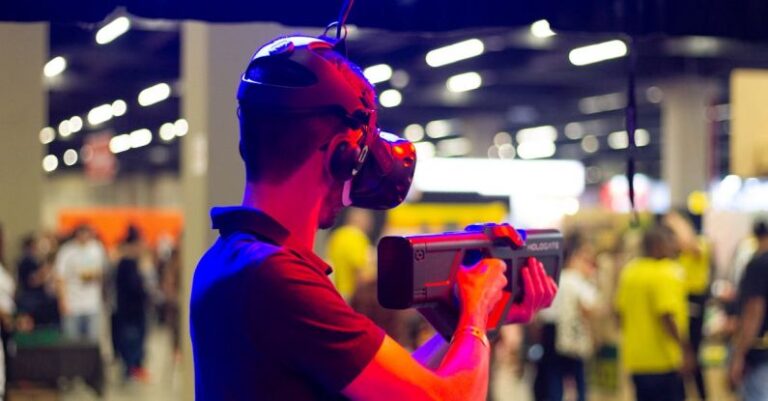
In today’s fast-paced world, the demand for robots to perform tasks quickly and efficiently continues to grow. From manufacturing to healthcare, robots are becoming increasingly integrated into various industries. However, one of the key challenges that researchers and engineers face is how to increase the speed of robots without compromising their accuracy and safety. In this article, we will explore the innovations needed to enhance the speed of robots and the potential impact these advancements could have on various sectors.
**Enhanced Sensors and Perception Systems**
One of the critical factors in improving the speed of robots is enhancing their sensors and perception systems. By equipping robots with advanced sensors such as LiDAR, radar, and cameras, they can better understand and interact with their environment in real-time. These sensors provide robots with the ability to detect obstacles, navigate complex environments, and make quick decisions to optimize their movements.
**Artificial Intelligence and Machine Learning**
Artificial intelligence (AI) and machine learning play a crucial role in increasing the speed of robots. By leveraging AI algorithms, robots can adapt to changing environments, learn from past experiences, and optimize their movements for efficiency. Machine learning enables robots to improve their performance over time, enhancing their speed while maintaining precision and safety.
**High-Speed Actuators and Motors**
High-speed actuators and motors are essential components for increasing the speed of robots. By using advanced actuators such as pneumatic, hydraulic, or electric motors, robots can achieve faster movements and response times. These high-speed actuators enable robots to perform tasks quickly and accurately, making them more efficient in various applications.
**Advanced Control Systems**
Innovative control systems are crucial for optimizing the speed of robots. By implementing advanced control algorithms, engineers can fine-tune the movements of robots to minimize delays and improve overall performance. These control systems enable robots to operate at high speeds while maintaining stability and precision, enhancing their productivity in dynamic environments.
**Collaborative Robotics and Human-Robot Interaction**
Collaborative robotics and human-robot interaction are key areas for increasing the speed of robots. By developing robots that can work alongside humans safely and efficiently, companies can enhance their productivity and flexibility. Collaborative robots enable humans and robots to share tasks, working in tandem to achieve optimal speed and accuracy in various applications.
**Integrated Robotics Systems**
Integrating robotics systems with other technologies such as Internet of Things (IoT) and cloud computing can significantly enhance the speed of robots. By connecting robots to a centralized network, companies can streamline operations, optimize workflows, and improve overall efficiency. Integrated robotics systems enable real-time data sharing, remote monitoring, and predictive maintenance, enhancing the speed and performance of robots in diverse environments.
**Future Outlook**
As technology continues to advance, the speed of robots is expected to increase significantly in the coming years. Innovations in sensors, AI, actuators, control systems, collaborative robotics, and integrated systems will play a crucial role in shaping the future of robotics. With enhanced speed and efficiency, robots will revolutionize industries, improve productivity, and open up new possibilities for automation and innovation.
In conclusion, the innovations needed to increase the speed of robots are multi-faceted and require a holistic approach. By focusing on enhancing sensors, leveraging AI, utilizing high-speed actuators, implementing advanced control systems, promoting human-robot collaboration, and integrating robotics systems, engineers can unlock the full potential of robots in various industries. The future of robotics is fast-paced, efficient, and full of possibilities, making it an exciting time for innovation and advancement in the field.





